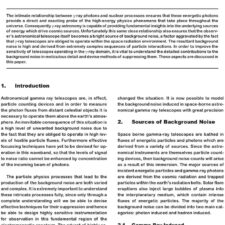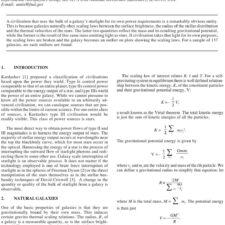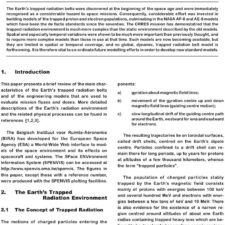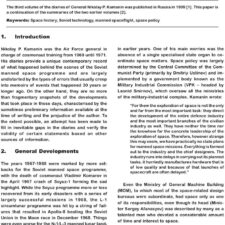Lessons Learned in Robotic Support of the Maintenance and Repair of the International Space Station
£5.00
J. Dyer; L. Lucier (2011), JBIS, 64, 252-258
Refcode: 2011.64.252
Abstract:
With the completion of International Space Station (ISS) assembly, planning and daily activities are transitioning from construction to maintenance and repair. Previously, the ISS programme has relied heavily on the Space Shuttle programme to aid these tasks due to its ability to deliver equipment on relatively short notice together with crewmembers recently trained on execution of specific tasks.
In 2007, a study was performed to identify and develop preliminary removal and replacement (R&R) timelines for those Orbital Replaceable Units (ORUs) that would cause a loss of redundancy to ISS power or life support capability [1]. This study identified 14 such ORUs and the team was challenged to demonstrate that the various Extra Vehicular Activity (EVA) tasks required to repair or replace these units could be performed without the support of the Space Station Remote Manipulator System (SSRMS or Canadarm2) due to potential lack of redundancy in the robotic system due to either the failed ORU or safe-guards put in place for its R&R. This philosophy was recently challenged upon failure of an external cooling loop pump, the repair of which relied heavily on Canadarm2 support.
This paper will discuss the challenges associated with the planning and execution of R&R tasks onboard the ISS post Space Shuttle retirement, focusing on robotics support and using the 2010 failure of an external cooling loop pump module as context. A timeline of events from failure to recovery will be laid out, highlighting lessons learned. Specific challenges associated with this activity included developing products to complete three EVAs in two weeks, preparing crewmembers to perform a specific task for which they had not been trained, and the late decision to rely heavily on use of Canadarm2 for its completion. Attention will also be given to the change in philosophy regarding use of the SSRMS as it applies to the continued maintenance and repair of the International Space Station.





